- News
- Reviews
- Bikes
- Accessories
- Accessories - misc
- Computer mounts
- Bags
- Bar ends
- Bike bags & cases
- Bottle cages
- Bottles
- Cameras
- Car racks
- Child seats
- Computers
- Glasses
- GPS units
- Helmets
- Lights - front
- Lights - rear
- Lights - sets
- Locks
- Mirrors
- Mudguards
- Racks
- Pumps & CO2 inflators
- Puncture kits
- Reflectives
- Smart watches
- Stands and racks
- Trailers
- Clothing
- Components
- Bar tape & grips
- Bottom brackets
- Brake & gear cables
- Brake & STI levers
- Brake pads & spares
- Brakes
- Cassettes & freewheels
- Chains
- Chainsets & chainrings
- Derailleurs - front
- Derailleurs - rear
- Forks
- Gear levers & shifters
- Groupsets
- Handlebars & extensions
- Headsets
- Hubs
- Inner tubes
- Pedals
- Quick releases & skewers
- Saddles
- Seatposts
- Stems
- Wheels
- Tyres
- Health, fitness and nutrition
- Tools and workshop
- Miscellaneous
- Buyers Guides
- Features
- Forum
- Recommends
- Podcast
feature
Know your group riding signals and calls
When you're cycling in a group you can't always see the road ahead as clearly as you would when riding alone so clear communication is essential for keeping everyone safe and moving efficiently, and that means learning a few simple hand signals and calls.
Signals and calls might be confusing at first but they become second nature in no time. When it's you who's passing on the information, just make sure that you're as clear as possible.
Bear in mind that many signals are not universal – they vary regionally and between individual groups – so make sure you pay particular attention on the first couple of rides with a new bunch of people.
If you're ever in any doubt about whether to call back as well as making a hand signal, do it anyway; you're better off giving riders behind an unnecessary shout than running the risk of an accident.
Stopping
When the group needs to stop at a traffic light or when someone has a puncture, for example, raise your hand straight up.
Some people use a closed fist behind the back to indicate stopping, but that's appropriate only for smaller groups because its visible just to riders immediately behind you.
Other people use an arm out to the side with a flat palm facing backwards.
Calling out "Stopping" is usually a good idea, especially if it's unexpected, because you might need both hands on the brakes.
[And yes, Liam in our pictures does need to stop quickly before he hits that wall].
Slowing
You might need to slow when approaching a tight bend, for instance, or if someone in the group is struggling with the pace. Put your arm out to the side and move it slowly up and down.
Calling out "Slowing" is often appropriate.
Obstruction in the road
If there's an obstruction that requires riders to alter their road position, such as a pedestrian or a parked car, point behind your back in the direction you need to move using the arm that's on the side of the hazard. In countries like the UK where we drive/ride on the left, you'll usually need to move out to the right, but you'll occasionally need to tell riders in a group to move further left.
Road surface hazard
Point out potential hazards on the road surface such as potholes and drain covers that need to be avoided. Your hand must be visible to riders behind, of course, so make sure you position your arm out to the side rather than in front of you.
Shout out "Hole" – or whatever other type of hazard is coming up.
Gravel
If there's a patch of gravel (or something similar) that could be loose and treacherous, put your arm out and wave your palm towards the road surface.
Give a "Gravel" shout to avoid any doubt.
Speed bumps, railway tracks and cattle grids
Warn riders behind of features that run across the road ahead by pointing down at the surface and waving your hand laterally. Some people do this with their arm out to the side, others with their arm behind their back.
Shout out the type of hazard you're about to encounter; riders behind definitely need to know there's a cattle grid coming up, for instance, especially in wet conditions.
Turning
When you're approaching a turn, stick your arm out at shoulder height to indicate the change in direction.
A "Turning" shout is often useful, particularly in a large group.
Come through
When you've finished your time at the front of the group and want to drift off towards the back, let riders behind you know by flicking your elbow forwards before moving. Flick your left elbow if you want people to come through on the left, flick your right elbow if you want people to come through on the right (that said, we know that some people flick the elbow on the side they intend to drift towards – which is the exact opposite – so make sure you know the etiquette of your particular group).
Thumbs up
A quick thumbs up says "thanks" when a rider moves over to give you a bit more space, for example, or if another road user waits patiently for the group to pass where the road narrows.
And yes, there are plenty of less friendly hand gestures for other road users too. We don't need to go into those here!
Calls
Always consider calling back to other riders in the group to reinforce your hand signals. Sometimes it's not necessary, particularly in smaller groups, so use your judgement here.
There are a few other common calls that don't have accompanying hand movements:
Car up A car is approaching from behind.
Car down A car is approaching from ahead.
Car back Another way of saying that a car is approaching from behind.
Single out or single file Arrange yourselves one behind another.
On the left/right I'm going to pass you on the left/right.
Clear left/right At a junction, the road to the left/right is free of traffic.
If you use any other hand signals (not that type!) or calls, let us know about them in the comments.
Mat has been in cycling media since 1996, on titles including BikeRadar, Total Bike, Total Mountain Bike, What Mountain Bike and Mountain Biking UK, and he has been editor of 220 Triathlon and Cycling Plus. Mat has been road.cc technical editor for over a decade, testing bikes, fettling the latest kit, and trying out the most up-to-the-minute clothing. He has won his category in Ironman UK 70.3 and finished on the podium in both marathons he has run. Mat is a Cambridge graduate who did a post-grad in magazine journalism, and he is a winner of the Cycling Media Award for Specialist Online Writer. Now over 50, he's riding road and gravel bikes most days for fun and fitness rather than training for competitions.
Latest Comments
- Freddy56 1 hour 59 min ago
The reflective nature of the fabric structure, in in a 2 layer sealed fabric-means moisture cannot pass thru, The breathability claim is lies.......
- HoarseMann 3 hours 11 min ago
Driver injured after car flips onto its roof https://www.bbc.co.uk/news/articles/cy0g9rpp8x9o
- mark1a 3 hours 29 min ago
I don't think he wants to talk about it...
- Rendel Harris 3 hours 59 min ago
Ach, dinnae fret...
- Matt Page 4 hours 7 min ago
The Prevelo Alpha Three on the main feature image is 20".
- eburtthebike 4 hours 18 min ago
£100 bonus.
- chrisonabike 4 hours 26 min ago
To be fair if this is our usual revenant they've got form in rewriting history...
- chrisonabike 4 hours 28 min ago
"At the going down of the sun, and in the morning, we will remember them ... we have to because some numpty destroyed the roll of names"....
- hawkinspeter 6 hours 33 min ago
Looks like some Barton Hill residents don't want the Liverpool Neighbourhood or at least not Marsh Lane to be a no-through-road:...











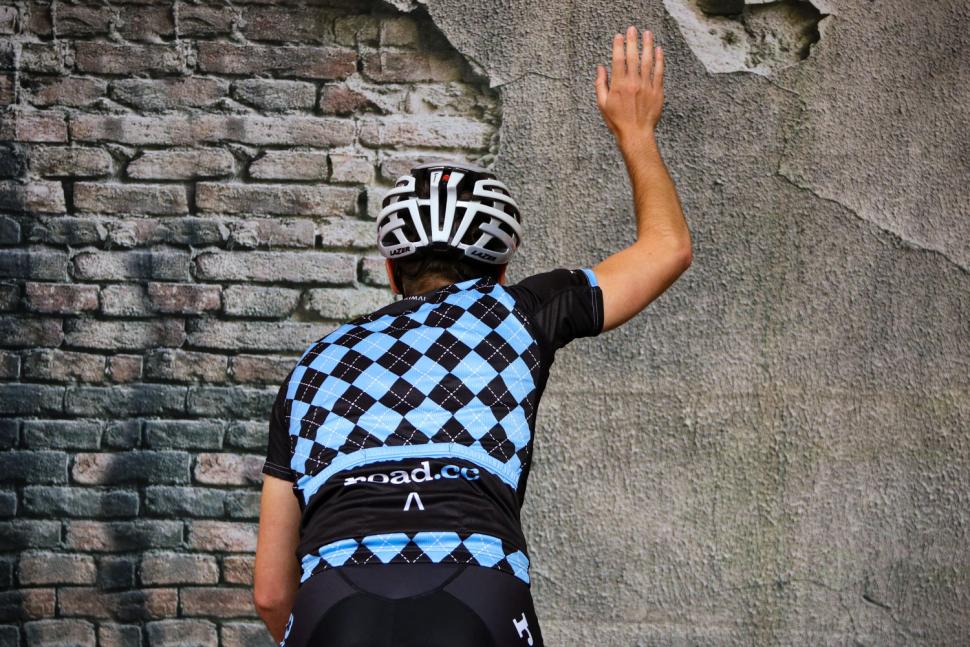
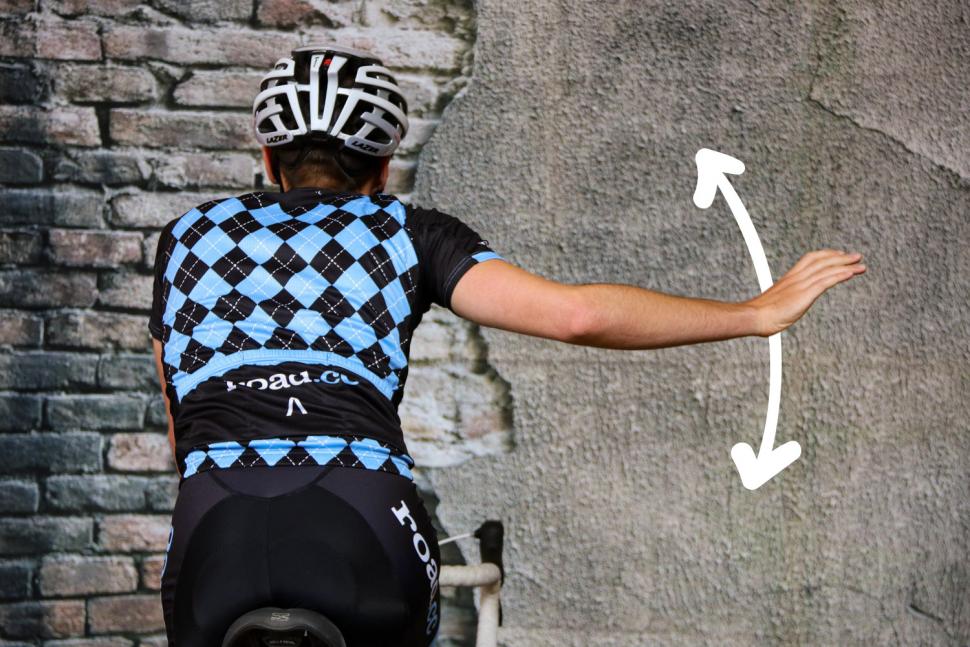

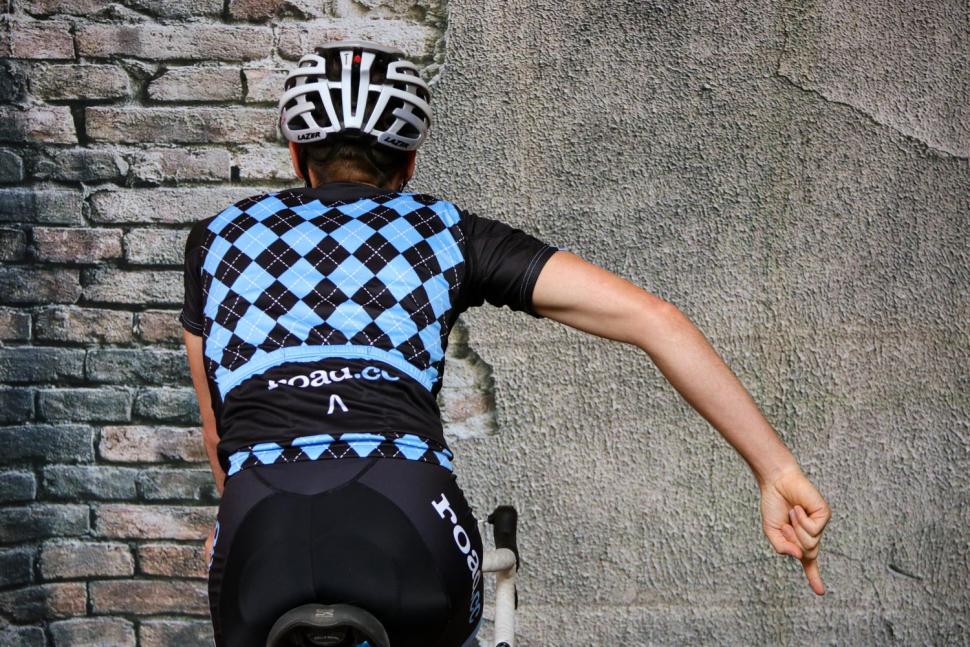

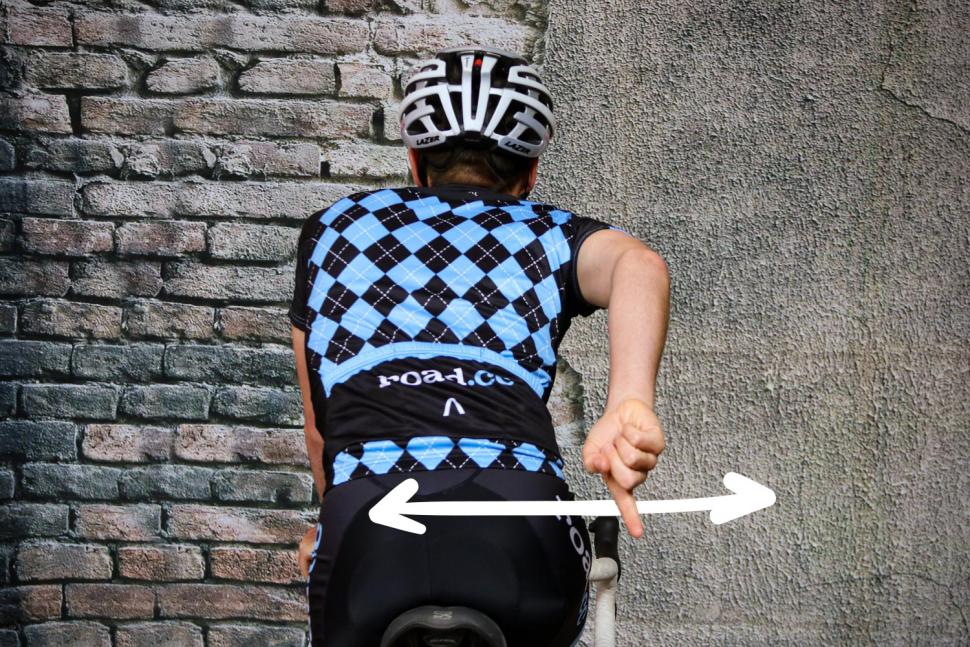



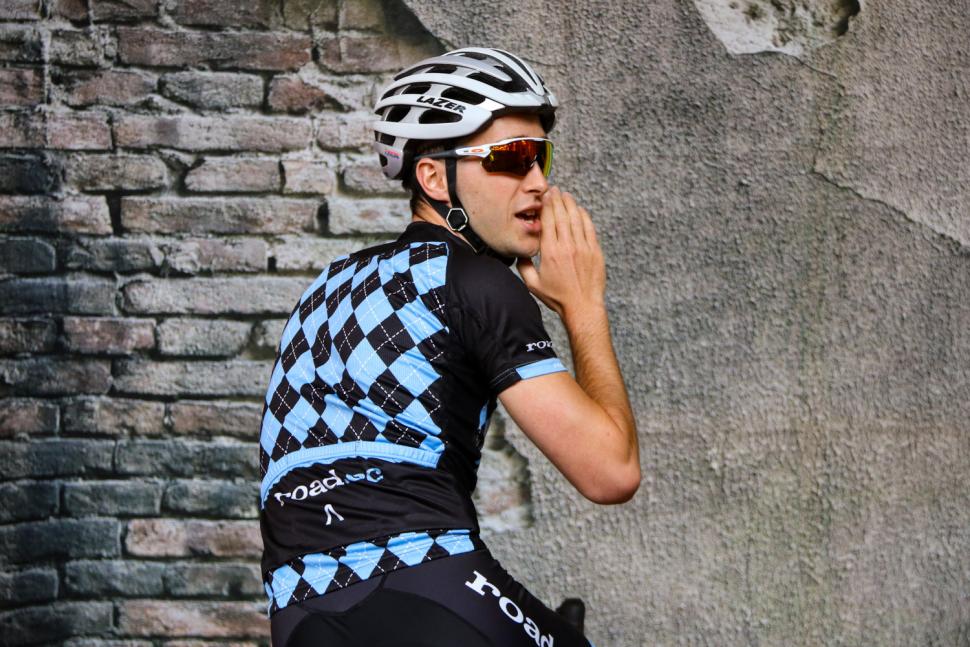
Add new comment
50 comments
It's always been (as long as I've been cycling....4 decades)
'Car Up' - car coming up the group from the rear
'Car Down' - Car coming down the group from the front
Ive recently joined an Old club and found this very common (and non sensical) terminology being used whereas Ive always used.
'Car Up' meaning a car up in front. In English we associate the word 'Up' with Front, as in Upfront, Up ahead, etc
'Car Back' - car coming from behind - absolutely no room for confusion here, car back cant mean anything other than what it says.
Using 'car up' referring to 'car up a part of your anatomy' sounds amusing, and might be traditional, but doesnt make sense in m my opinion.
As Judge Dreadful points out people get confused so it clearly is'nt common sense to use car up and car down.
Equally I've been riding for a long time (not quite 4 decades but close to 3) and have never heard anyone use 'Car Up' to mean a car approaching from the rear.
It's non-sensical to use 'Up' to denote a car coming from the behind!
That 'thumbs up' signal looks impressively (though presumably unintentionally) sarcastic.
These are shouts, as it gets pretty dark around here ...
Nose - car / vehicle / something coming from the front
Tail - car / vehicle / something coming from the rear
Clear left / right - at junctions so no-one has to stop unless required
All through - after junctions, so lead knows the group is clear of the junction
Clear out - when moving as a group to the centerline to turn right
Left / middle / right - can be followed or preceded by drain, bump, hole
Surface - for when the surface is an issue
Single-up - for when it's too narrow or too dangerous to ride in pairs
Pace - for when you need the lead to slow
Stopping / slowing
Mechanical - breakdown or other forced stop
Shouts are passed in both directions, depending on where they started.
Handsignals are used, pretty much the same as above, and passed down the line.
Lead looks after the front, rear looks after the back, so in theory, lead never has to look behind.
"Nose" and "Tail" in our group rides. Works well because you can't half-hear either word and then misunderstand. And it doesn't matter much what the hazard is as long as we all know to be aware.
The main other call is "Horses" because that needs the most action.
To avoid any confusion, I just shout "car". It's obvious from the context which direction it is. If I'm at the back of the pack (as usual), the car is behind.
Though I still have a dilemma when the vehicle isn't a car.
I’ve always used "car up" (it’s coming from behind) and "car down" (when it’s coming from in front.
Up and down are the two directions from the railway era (possibly canals too?). They make perfect sense to me (and can be remembered by the somewhat crude method enunciated in the first reply).
Stateside the norm for cars in the roadway seems to be Car UP for in front and Car BACK for behind. I get the 'up the bum' having lived in London in the 70's (in Edinburgh today for the Fringe) but I fear trying to explain that in the colonies could get me tossed out of the clubs for not being PC
Again it points out how important it is to know what the group or region is expecting for signals.
Great site btw.
s.
The big question is... can you work out what I was actually saying in the last gif? Points and a pair of road.cc socks to the first correct answer!
"Pit stop?"
Pee stop!
Piss Stop!
javi_polo and LarryDavidJr were close but Rider X takes the prize!
Easy!/Slowing! - when not actually stopping
Clear (left/right/both) - when crossing/turning, to let riders behind know the way its clear
Oh and it's also always been "car up" and "car back" for me too
I do a fair bit of ride leading, including some "chaperone" type work on bigger events and we always use and teach Car Up (car coming towards us from the front) and Car Back (car coming towards us from behind). It's clearer in both the sound it makes as you say it and the actual meaning.
We also make clear that calling out every bloody car you see is incredibly annoying - keep the calls to the ones where the group actually has to do something to facilitate a pass or overtake.
Thanks for this article.
I don't ride in a club, so if I'm out on the road and end up cycling with someone who is used to riding in a club, I can not look like such a jerk for not signalling hazards if I'm taking a turn in front.
BeSeeingYou.jpeg
Nice work Mat!
FWIW, "Car Up" seems to be used as "Car up ahead" with many groups I now ride with which has taken some getting used to, having been taught to remember it as 'car up your arse' or 'down your throat' myself.
The "come through" flick of the elbow is perhaps contentious too. I was taught at track sessions to use a flick of the elbow to indicate the direction I was going to move, and wonder if its ubiquitous mentioning as a signal to come through in TV race commentary has altered its understood meaning.
And I'd add "line out" as an alternative to "single out" too.
I was also taught this at track. Every place I've ridden track I've only seen it done this way. The 'wiggle' for 'pass me this side' seems to be used when in a freewheel bunch race. I suspect that it's because on a track you are only going to want the rider behind to come through on the inside anyway, and you will likely be using the full width of the track to bring you back to the end of the line quicker, thus this warns anyone who might be moving up on your right you are about to go quite wide, rather than 'flicking through' a rider on your left.
Pages